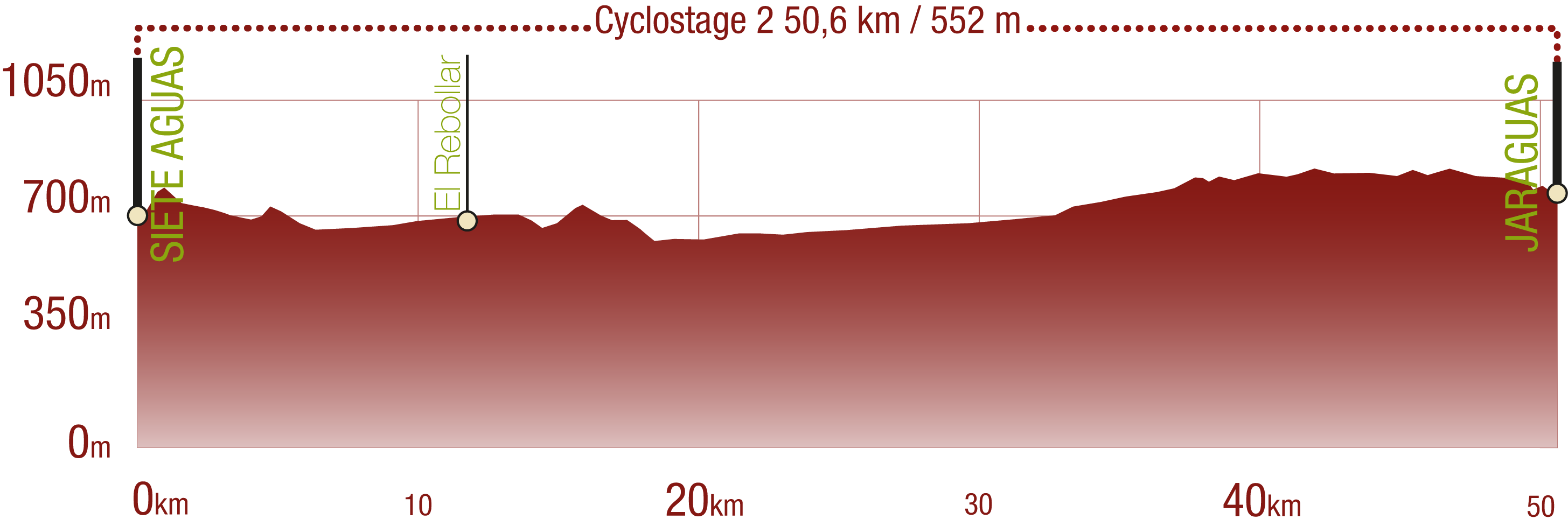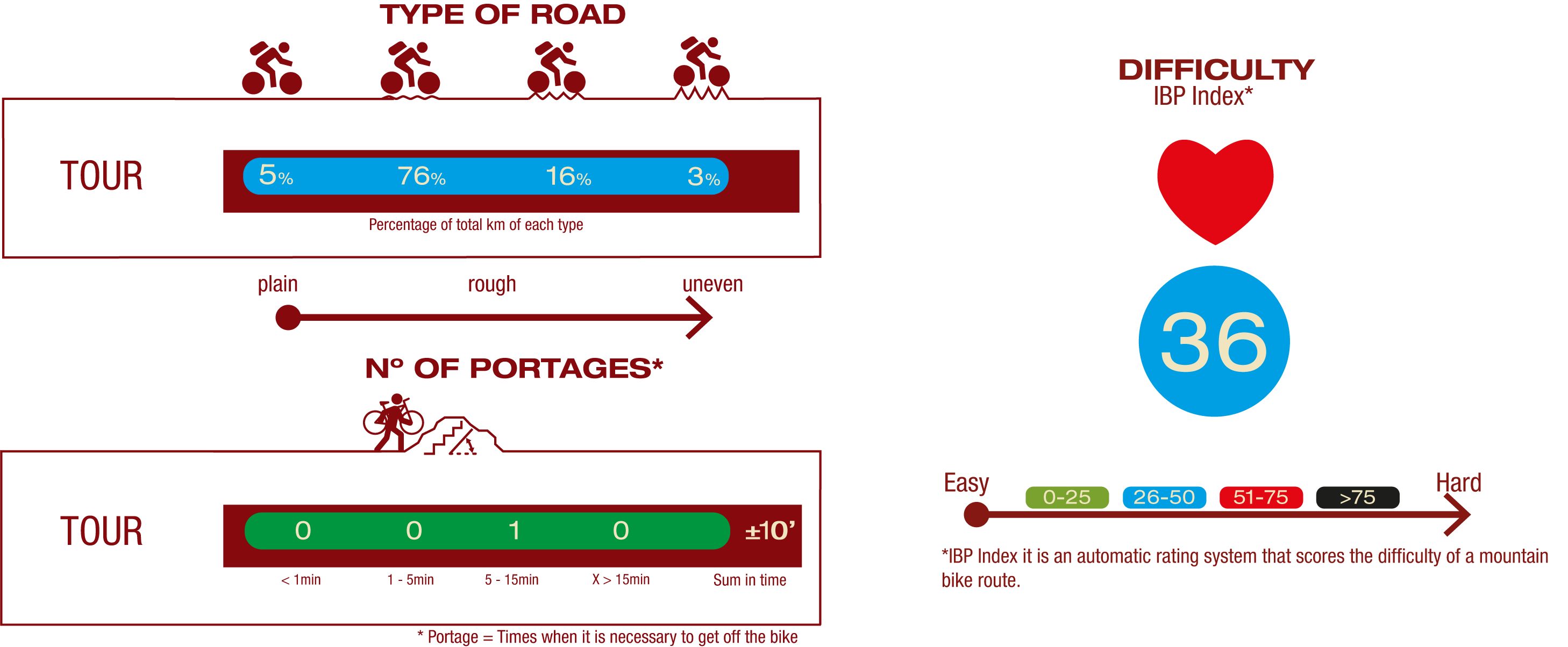- Home
- Rural Development
- Nature Trails
- Nature Trails
- East Sector
- Turia-Cabriel
- Siete Aguas-Cabriel
Turia - Cabriel Nature Trail. Siete Aguas - Jaraguas Section
Description
An adventure across the Valencia fields, between pine woods and vineyards, structured along the shores of the River Magro.
This section starts at the town of Siete Aguas, whose name, which stands for “Seven Waters” in Spanish, reflects the fact that this area is dotted with many water springs. After leaving behind the Hoya de Buñol-Chiva County, the remaining route crosses the Requena-Utiel County. The vineyards, especially of the bobal local variety, is the main protagonist, and, together with the Aleppo pine woods and the River Magro river shores, are of sufficient interest to start this adventure.
This second section is over 81 km long and starts at the town of Siete Aguas. At the starting point, an interpretation panel displays some details about the route. After running along the Calle Arrabal y Cañada, the road leaves the town at kilometre point 41 (please remember that kilometre 0 was located in Pedralba).
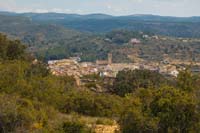
After a climb that stretches for over a kilometre, the road goes down and crosses road CV-388; please be extremely careful. Shortly after kilometre point 44, the route crosses an elevated bridge (which in fact is part of the Cañada Real de La Mancha cattle road) over the Madrid-Valencia high-speed railway tracks.
Shortly afterwards, an underpass allows to cross the Eastern Highway (A-3) and reach the area of Collado de las Avenas, where a rest area allows hikers to recover their strength. After descending crossing woods of young Aleppo pine (Pinus halepensis), the route allows hikers and cyclists to enjoy the Villingordo Municipal Natural Area.
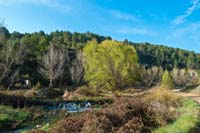
The route continues north-west and parallel to the Rebollar rambla, or ravine, among crops, most of them vineyards. A little further down the road, in the town of El Rebollar, the road continues along Calle Yatova, which leads to the Plaza de La Virgen and finally to the shrine devoted to Our Lady of the Rosary. Still further, at the Calle Don Juan, there is a rest area under a weeping willow (Salix babylonica), a place to sit under its cool shadow and to learn more about this route thanks to the information panel standing there.
The route leaves the town of El Rebollar and continues in the direction of the Requena-El Rebollar aerodrome, which stands at kilometre point 55 of this Nature Trail. The part that comes just afterwards is very attractive for mountain bikers, since it consists in a succession of curves and upward and downward slopes and finally leads to a section that runs along the River Magro among almond groves and Aleppo pine patches.
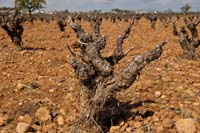
Since the trail runs parallel to the river, it is possible to enjoy a walk under the cool shadows of the riverside forests. After a little over two kilometres, the route arrives at the shrine of San Blas, which stands gravely against this landscape. It continues along an amazingly beautiful road, which runs across a flood plain in the River Magro basin.
Since the trail runs along the river, it crosses many tiny wooden bridges over several creeks and ravines that drain to the River Magro. After crossing the CV-4310 road with the utmost care, the road passes by the monumental town of Requena, which stands less than a kilometre away, to its right. The trail hits kilometre point 65 and goes under the N-322 road, at which point there is also a measuring station, which monitors several parameters of the River Magro.
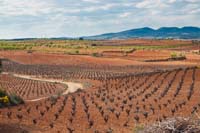
Crops line the river shores, vineyards being the most pervasive, especially those of the bobal local variety. After kilometre point 69, the road arrives at the old Fuente de Santa Catalina fountain, which is now dry. A couple of kilometres further, the trail, leaving the road temporarily and crosses (carefully) the CV-450 road and once more the River Magro, by San Antonio de Requena.
At this point, the road continues, with the River Magro to its left, and dotted by tiny bridges over the basin. In this landscape, a waterfall announces a passing under the bridge of the CV-4480 road, which lead to the town of San Juan. Before completing this kilometre, the road leaves behind the section that runs across the River Magro, which may have supposed a challenge but for the most skilled cyclists. Those less experienced are advised to do this section on foot.
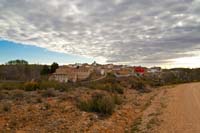
Shortly afterwards, the trail runs along a wide dirt path, leaves behind a modern winery and crosses the V-810 road. The following 15 kilometres run along the Cañada Real de La Mancha cattle road along a way in which the landscape is characterised by agricultural crops, especially vineyards and almond groves. Several roads will be crossed, such as CV-460, CV-453, CV-452 y CV-465; please be extremely careful when crossing each of them. Shortly after hitting the 80 km milestone of this Nature Trail, vineyards intertwine with small evergreen oak patches that offer a nice shadow to the small rest area at this point.
After leaving the cattle road beyond kilometre point 89, the final section down to the town of Jaraguas starts. After passing by a rest area by the old washhouse and the town pool, the route continues along the peaceful town streets, the perfect place to end this second section of the Turia-Cabriel Nature Trail.
Sites of interest
Profile
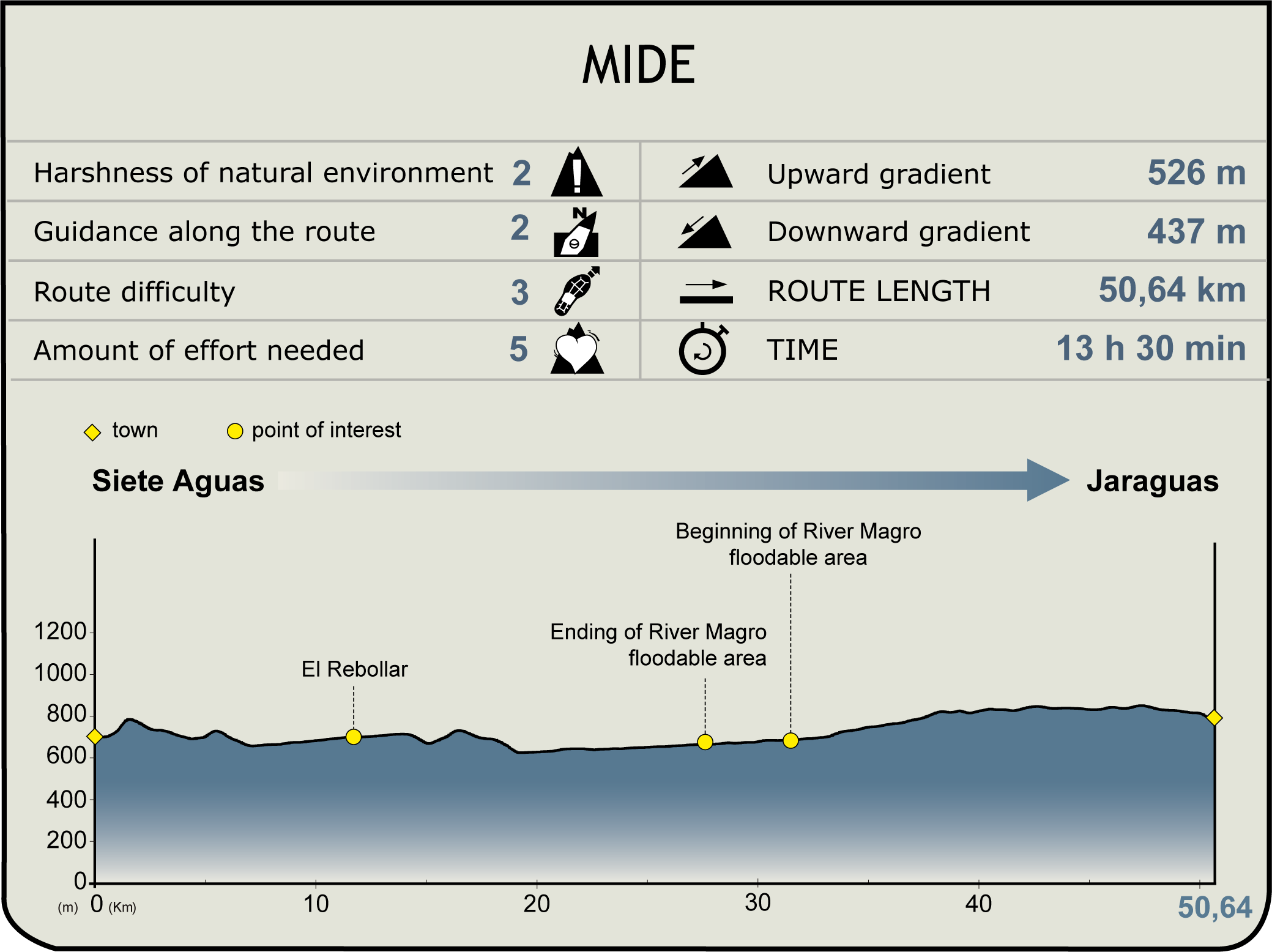
MIDE (Method for the Information of Excursions)
Featured
Further information
Requena-Utiel County
Large county to the west of the province of Valencia. Its soft hills and medium altitude of the area, together with its climate, has favoured the marked agricultural characteristic of this land. The most significant crop are vineyards, which boast their own denomination of origin (DO Utiel Requena) and cultivate local varieties of grape, such as bobal. The enormous environmental value of the county cannot be overstated; its hosts good examples of of Aleppo pine woods and Mediterranean scrubland, although, without a doubt, its most remarkable spot is the Hoces del Cabriel Natural Park. The architectural heritage is also vast, boasting historic complexes such as as that of Requena or that of Utiel, not forgetting elements such as the telegraph tower and the trenches from the Carlist wars in Villargordo del Cabriel, the fountains and washhouse in Jaraguas or the Vadocañas bridge over the River Cabriel. The festivals in the area have to do mainly with wine and grape harvesting, since it is the main economic activity. In the area. Especially noteworthy are the fair and Grape Harvesting Festival and Fair in Requena and the festivals honouring Our Lady of Remei, which have strong oxen parading through the streets in a festive atmosphere full of activities.
Multimedia
Downloads
GPS Downloads
Brochure and Mapas
Cyclability
TYPE OF ROAD, PORTAGES & DIFFICULTY
SAFETY RECOMMENDATIONS
- Sections shared with hikers.
- Transit through the centre of some population centres.
- The Nature Trail has two potentially flood-prone sections in stage 2. This is a seasonal circumstance, during the rainy season or when there is an increase in water flow.
GENERAL RECOMMENDATIONS
- Find out about the technical aspects of the route and the weather on the day.
- Take care of the environment. Take care not to disturb animals or damage vegetation. Respect private areas.
- You must give priority to pedestrians and comply with general traffic rules.
- The environment in which you will be riding is open, free to move around and an area where many activities are carried out (sporting, forestry, livestock and agricultural activities). Always have an understanding, prudent, responsible and respectful attitude.
